
ColdFusion 9 Developer Tutorial
¥90.46
This book is a fast-paced tutorial to developing ColdFusion applications, with an emphasis on real-world skills. Packed with examples and careful explanations, the book leads you through all the topics relevant to today's ColdFusion developer. This book is for web developers working with ColdFusion 9. If your goal is to get a good grounding in the basics of the language as quickly as possible and put a site together quickly, this book is ideal for you. This book will also help you if you want to learn more about professional programming of ColdFusion. No prior knowledge of ColdFusion is expected, but basic knowledge of general web and software development skills is assumed.

Moodle 1.9 for Teaching Special Education Children (5-10): Beginner's Guide
¥80.65
Written with a step-by-step but friendly and engaging approach, this Packt Beginner's Guide is designed to be placed alongside the computer as your guide and mentor. Step-by-step tutorials are boosted by explanations of the reasoning behind what you are doing. You will quickly pick up the necessary skills, tips, and tricks for creating practical exercises using Moodle 1.9 with practical examples and see how the child with special education needs progresses. If you are an SEN teacher or SEN therapist with minimal knowledge of Moodle who is willing to exploit Web 2.0 possibilities using Moodle 1.9 as the background platform, this book is for you.

Moodle 1.9: The English Teacher's Cookbook
¥90.46
This book follows a cookbook style, which will help you achieve outstanding results using ready-to-use recipes for reading comprehension, writing, and composition holding hands with Moodle 1.9 in the Web 2.0 Era. Each recipe is unique; some deal with similar teaching techniques, but they show how to develop the same technique using different software, situations, or topics. Images, videos, poems, songs, artists, classic stories, cartoons, superheroes, painting, the environment, and comics are inserted into the Moodle course, in order to be used as either prewriting or writing activities. If you are an English teacher who wants to discover practical, funny, and engaging activities to insert in your course, this is a perfectly designed book for you. It will help you to use different techniques in the teaching of reading comprehension, writing, and composition using a great variety of resources from the free and open source software available in the Web and interesting websites as well as social networks. You need basic experience with Moodle 1.9 or 1.9.5, as well as installation and configuration procedures.
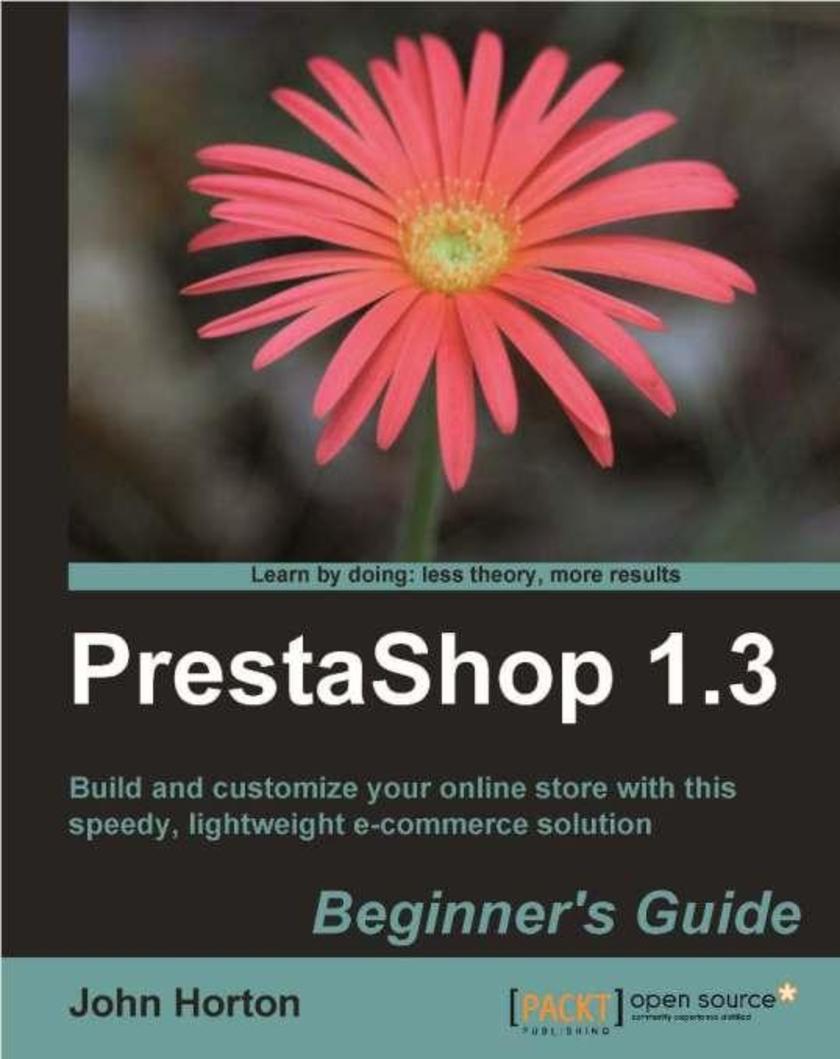
PrestaShop 1.3 Beginner's Guide
¥80.65
The book is structured so that following the chapters in order leads to building a fully functioning and live trading PrestaShop. Guidance is also given should you wish to learn or practice your skills in an offline, non-trading environment. Every chapter contains clearly structured and illustrated step-by-step explanation to achieve the goals discussed. Nothing is left for readers to work out themselves, but it would be very simple for them to use the information to go beyond the specific tutorials, should they wish to do so. There is optional additional reading, including more than a dozen specifically written downloadable e-books made available on the book's support website just for readers of PrestaShop 1.3 Beginners Guide. This book is for anybody who wants a fully functioning e-commerce store using PrestaShop. You do not have to have any previous knowledge of PrestaShop or any aspect of e-commerce or business in general. If you do, then you will probably find this guide really valuable as well. The book covers all you need to know about starting your own e-commerce business.
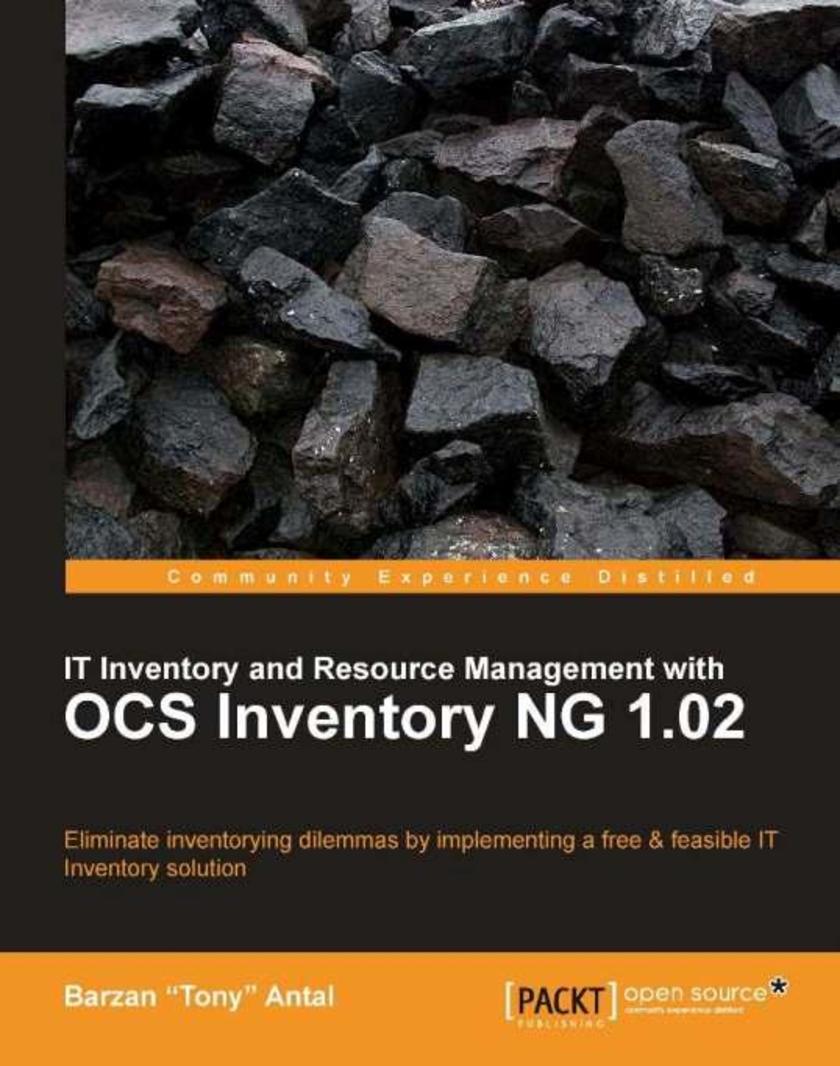
IT Inventory and Resource Management with OCS Inventory NG 1.02
¥71.93
This book closely follows the style of a practical, hands-on "how to" guide on working with OCS Inventory NG. The step-by-step approach, coupled with the use of visual aids, clear instructions, and real-world examples, makes it a fast-paced book. Upon the completion of this book, you will have the necessary skill set, know-how, and confidence to implement OCS Inventory NG to meet the demanding asset management needs of any organization. Then you can carry on using the book as reference material. This book targets an audience of system administrators and IT professionals who are required to implement, configure, customize, and work with IT Inventory and Asset Management solutions. The book does not presume any prior knowledge of inventory management, just a solid grasp of the server/client model and familiarity with the chosen operating system along with the necessary web server and database server terminologies. Anyone with an interest in inventorying IT assets and solving real-world resource management dilemmas will enjoy this book.

TYPO3 4.2 E-Commerce
¥71.93
This is a fast-paced tutorial focusing on creating an online store. It walks in detail through development of a sample website, illustrating each step with screenshots and explanation. The cumbersome and time-consuming task of developing and customizing a TYPO3 e-commerce site will be a smooth sail with this book. If you want to create a captivating online shop using TYPO3 and optimize your profit, this book is for you. Some knowledge of TYPO3, PHP, and TypoScript is required.
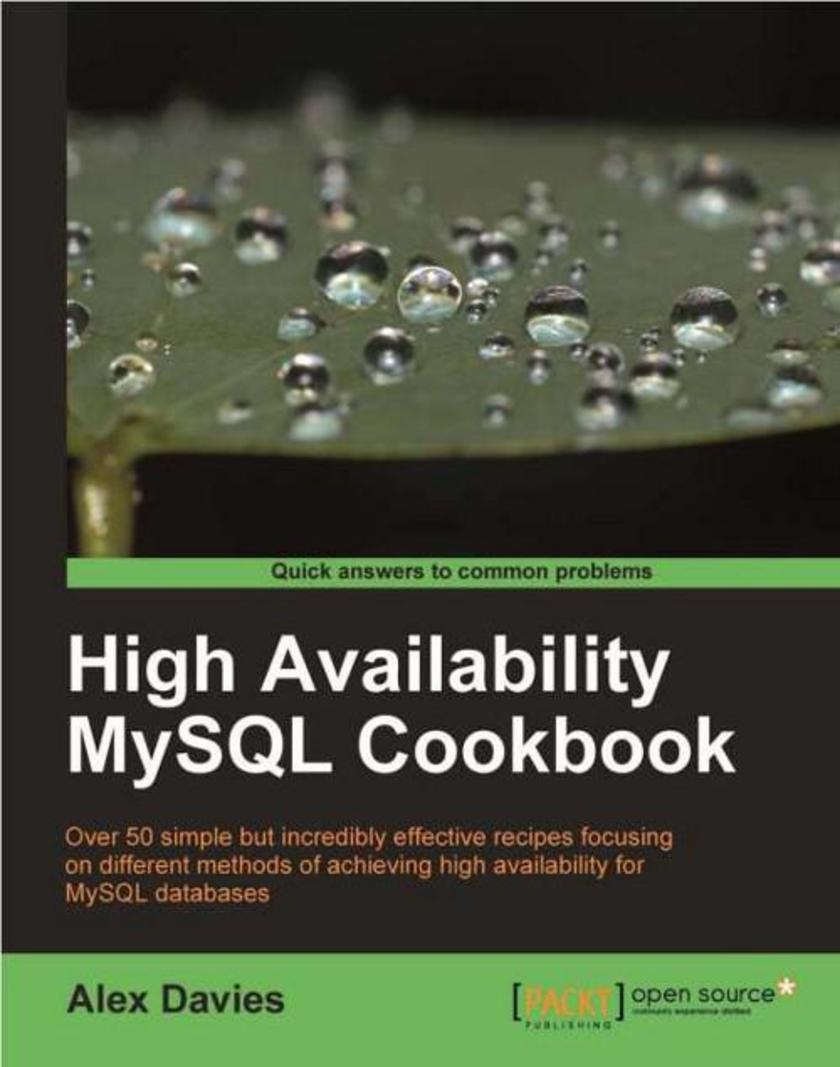
High Availability MySQL Cookbook
¥80.65
This book uses the approach of a cookbook. Each recipe provides the reader with easy step-by-step de*ions of the actions necessary to accomplish a specific task. It is designed to present what often appear as extremely complicated techniques as a series of simple-to-follow recipes, allowing readers to achieve high uptimes on their MySQL servers. This book is targeted at system administrators or database administrators who have basic familiarity with Linux, the shell, and MySQL. The typical user will be able to get MySQL installed and working, but needs practical guidance to make it highly available.
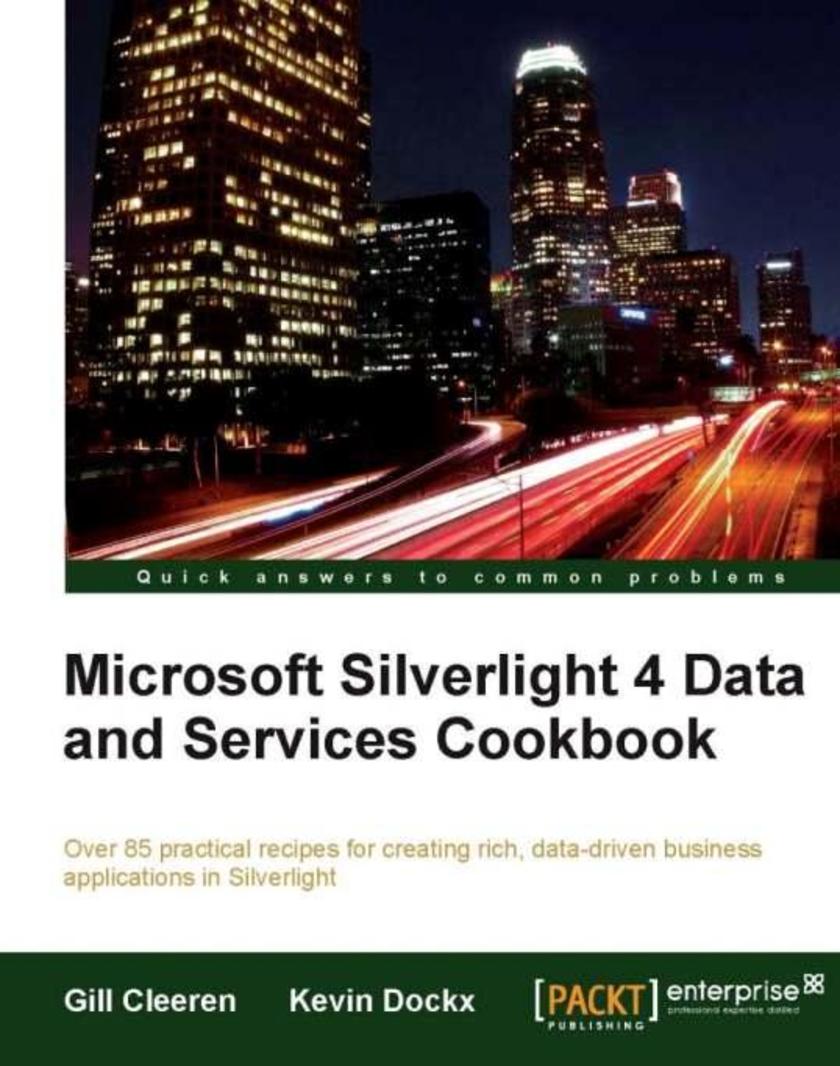
Microsoft Silverlight 4 Data and Services Cookbook
¥107.90
Written in a cookbook style, this book offers learning and techniques through recipes. It contains step-by-step instructions for developers who want to build rich data-driven business applications using Silverlight. The book is designed in such a way that you can refer to things chapter by chapter, or read them in no particular order. If you are a .NET developer who wants to build professional data-driven applications with Sliverlight, then this book is for you. Basic experience of programming Silverlight and familiarity with accessing data using ADO.NET in normal .NET applications is required.
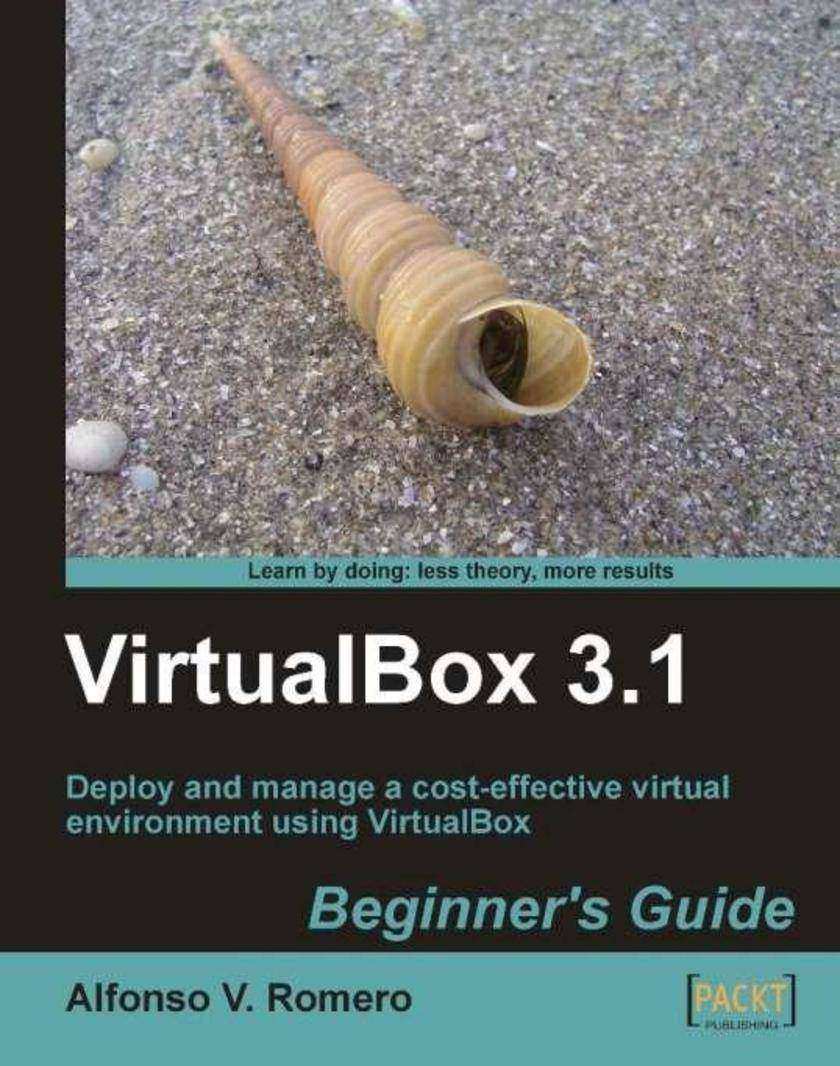
VirtualBox 3.1: Beginner's Guide
¥90.46
This beginner's guide consists of comprehensive explanation, appropriate screenshots, tips, tricks, and best practices. It offers step-by-step instructions on building your own virtual environment from scratch, supported by the reasoning behind what you do. If you are a System Administrator who has to set up a virtual machine and want to use an open source tool to do it this book will prove invaluable. No prior knowledge of VirtualBox is required, but you should have experience with general system administration.
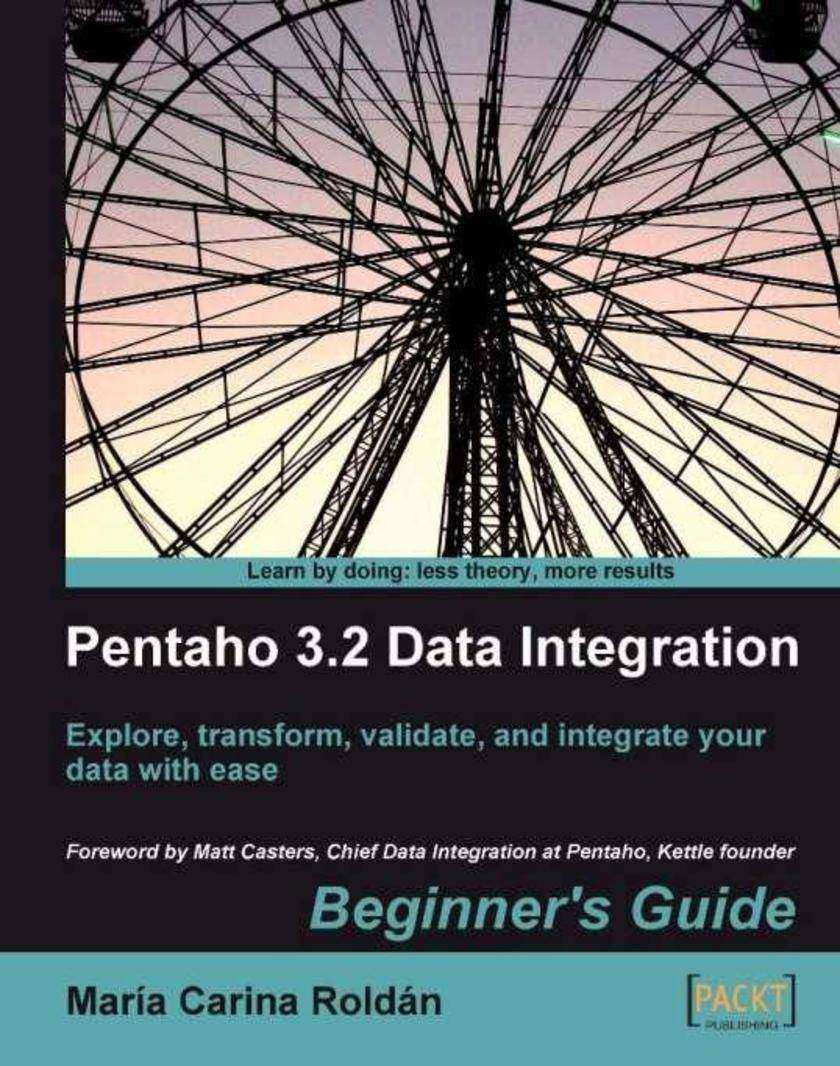
Pentaho 3.2 Data Integration: Beginner's Guide
¥90.46
As part of Packt's Beginner's Guide, this book focuses on teaching by example. The book walks you through every aspect of PDI, giving step-by-step instructions in a friendly style, allowing you to learn in front of your computer, playing with the tool. The extensive use of drawings and screenshots make the process of learning PDI easy. Throughout the book numerous tips and helpful hints are provided that you will not find anywhere else. The book provides short, practical examples and also builds from scratch a small datamart intended to reinforce the learned concepts and to teach you the basics of data warehousing. This book is for software developers, database administrators, IT students, and everyone involved or interested in developing ETL solutions, or, more generally, doing any kind of data manipulation. If you have never used PDI before, this will be a perfect book to start with. You will find this book is a good starting point if you are a database administrator, data warehouse designer, architect, or any person who is responsible for data warehouse projects and need to load data into them. You don't need to have any prior data warehouse or database experience to read this book. Fundamental database and data warehouse technical terms and concepts are explained in easy-to-understand language.

Expert PHP 5 Tools
¥90.46
Each chapter focuses on one topic, such as version control or debugging. After initially discussing essential concepts, the author takes an in-depth look at one or more tools relevant to the topic. Sample projects and plenty of well-documented code are used to work through practical application of the concepts. This book has been written for professional developers new to PHP and experienced PHP developers who want to take their skills to the next level by learning enterprise-level tools and techniques.
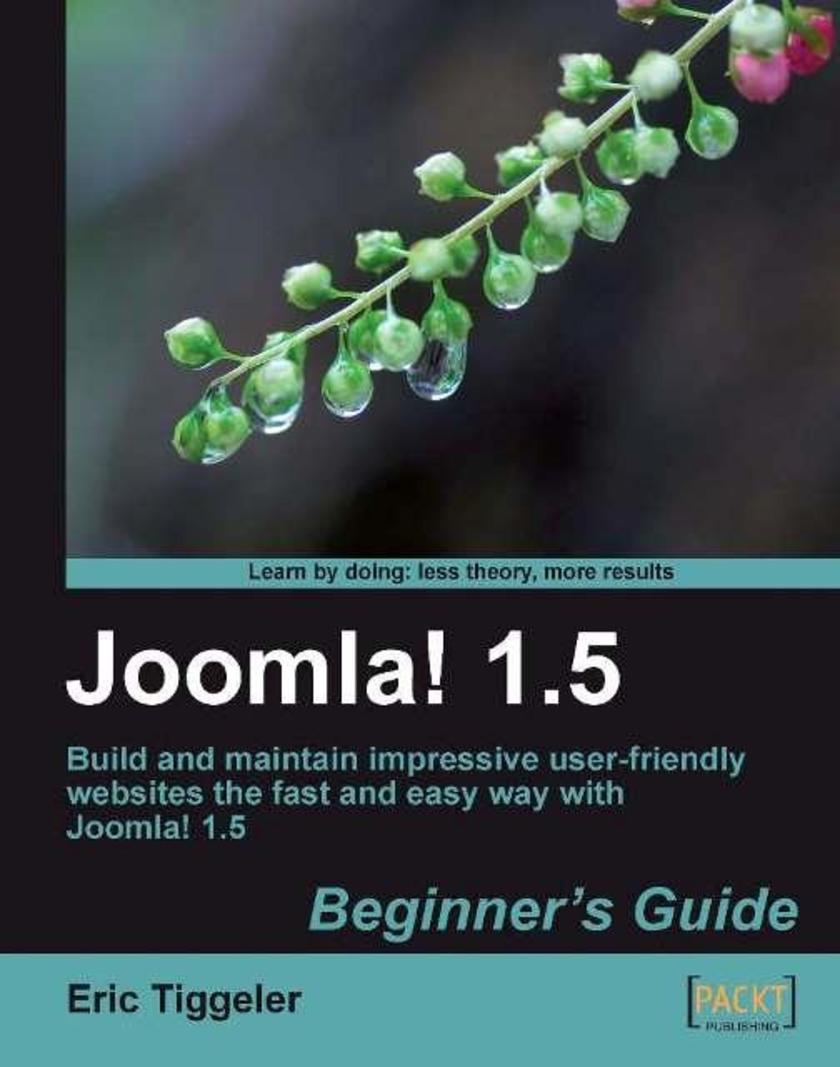
Joomla! 1.5: Beginner's Guide
¥80.65
Written with a fast-paced but friendly and engaging approach, this Packt Beginner's guide is designed to be placed alongside the computer as your guide and mentor to meet real-world web building challenges. Step-by-step tutorials are bolstered by explanations of the reasoning behind what you are doing. You will quickly pick up the necessary skills, tips, and tricks for building a successful Joomla! web site with practical examples that help you to learn by experiment and play. If you want to build and maintain your own web site, the Joomla! Beginner's Guide is perfect for you. It helps you build on the skills and knowledge you may already have on creating web sites—but even if you're new to this subject, you won't have any difficulty understanding the clear and friendly instructions and explanations. You learn how to build and maintain web sites without having to dive deep into HTML and CSS.
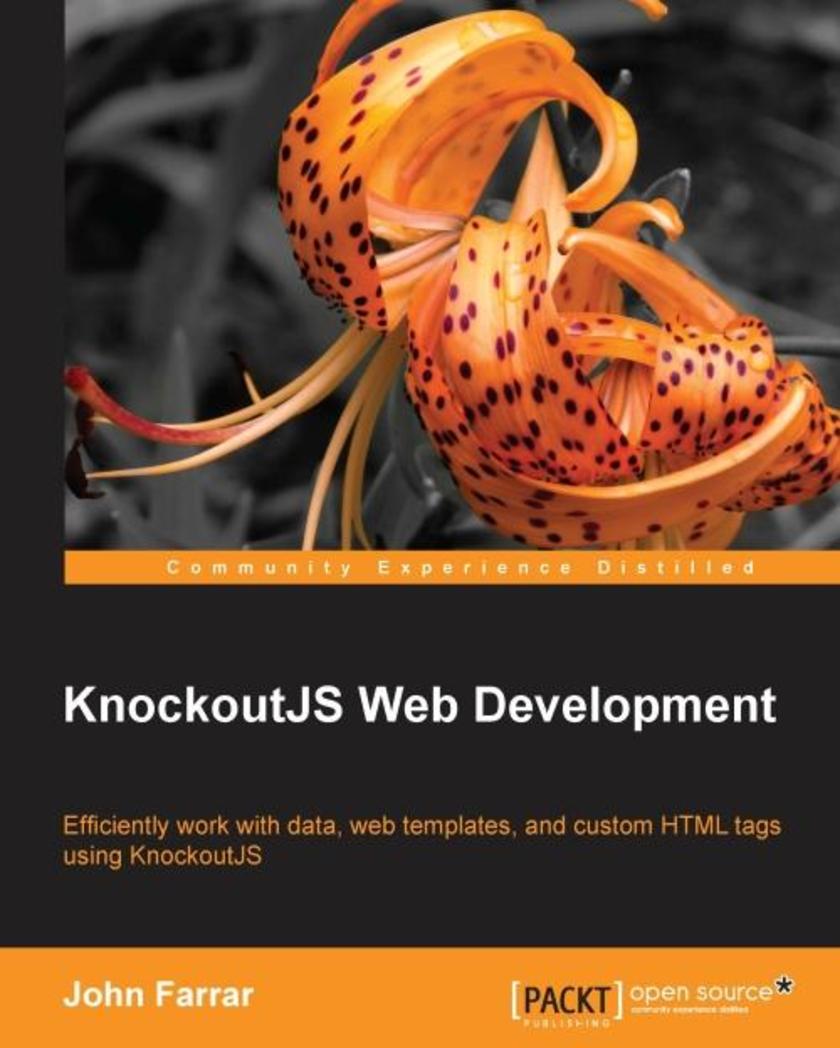
KnockoutJS Web Development
¥54.49
This book is for web developers and designers who work with HTML and JavaScript to help them manage data and interactivity with data using KnockoutJS. Knowledge about jQuery will be useful but is not necessary.
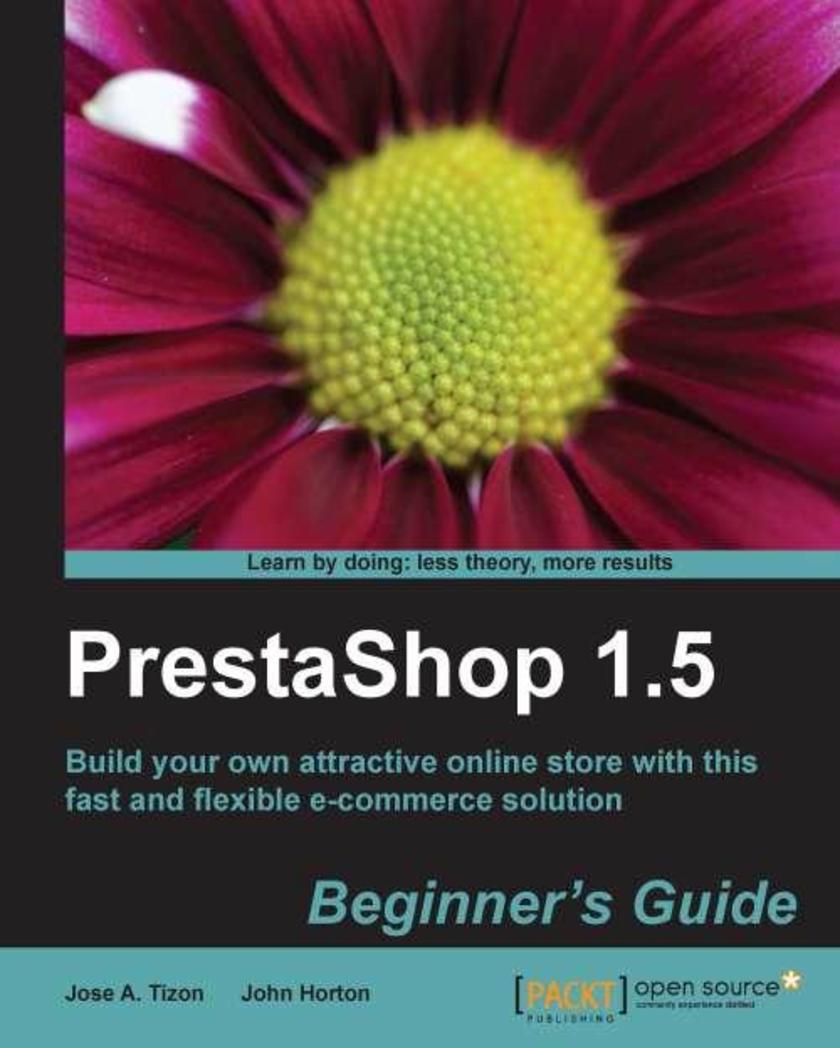
PrestaShop 1.5 Beginner’s Guide
¥80.65
This book is written in a friendly voice with lots of tips, tricks, and screenshots to help you set up, extend, and personalize your own online shop. If you want to start your own e-commerce business, then this book will help you do that. This book is for people who are interested in creating an online shop. Basic HTML and CSS skills would be beneficial but are not required as we will provide you with all the code and know-how you need.
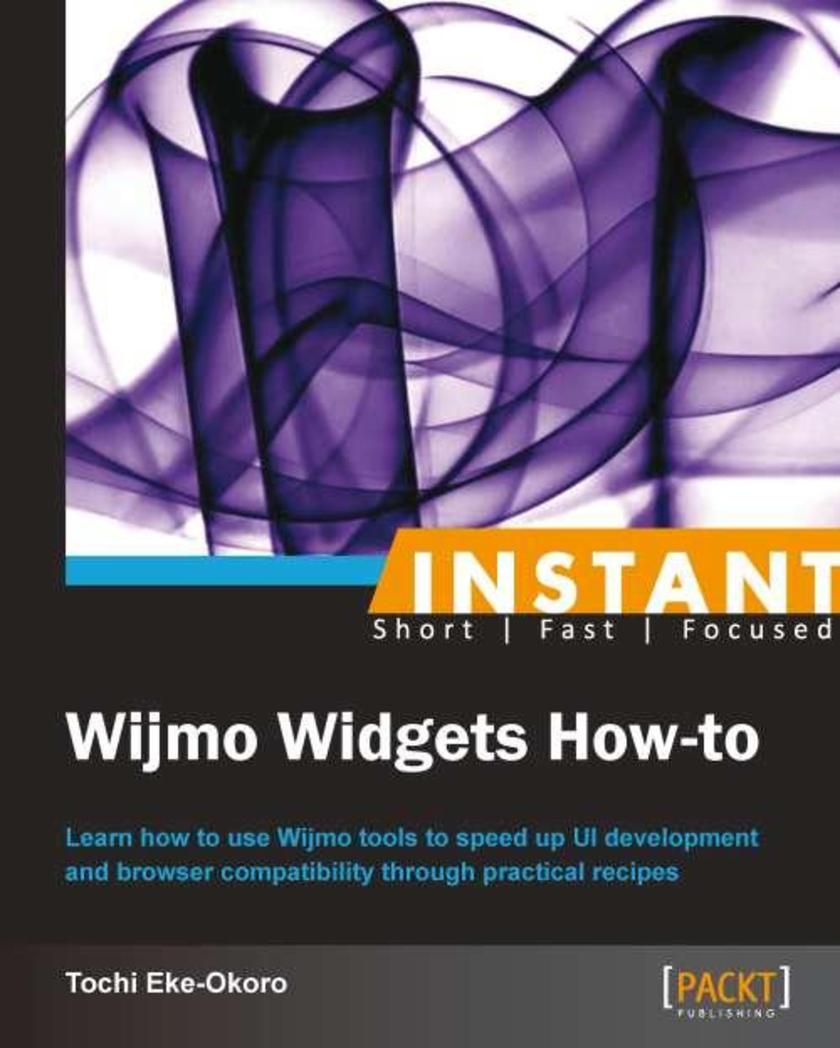
Instant Wijmo Widgets How-to
¥41.41
Filled with practical, step-by-step instructions and clear explanations for the most important and useful tasks.A recipe-based instant tutorial, showing app development with Knockout and Wijmo, and covering major widgets and themes. This book aims at equipping the reader with the necessary tools that Wijmo and Knockout JS provide for easing and speeding up development. It addresses the needs of everyone in the UI development space, both experienced and newbies. To get the most out of this book you should have a good working knowledge of HTML, CSS, and JavaScript, and will need to be comfortable using jQuery.

Learning Force.com Application Development
¥107.90
If you are a developer who wants to learn how to develop and deploy applications from the Salesforce.com platform, then this book is for you. No prior knowledge of Salesforce is necessary.
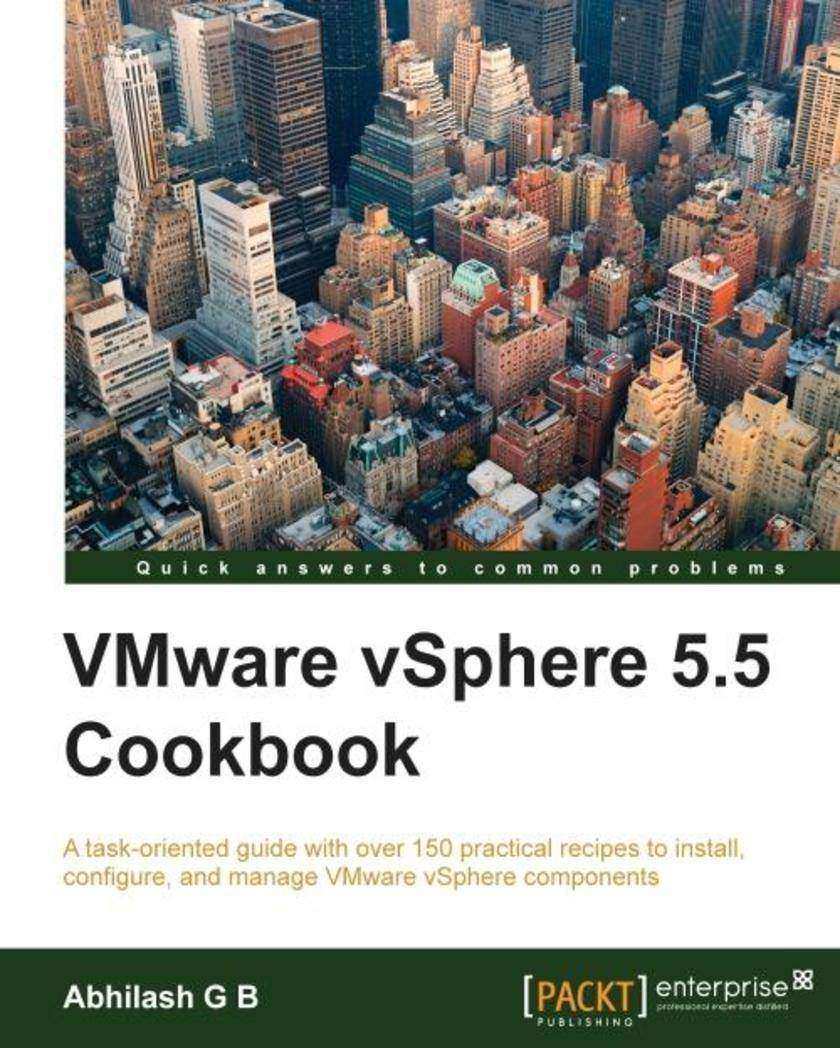
VMware vSphere 5.5 Cookbook
¥90.46
This is an excellent handbook for system administrators, support professionals, or for anyone intending to give themselves a headstart in learning how to install, configure, and manage a vSphere environment. It is also a good task-oriented reference guide for consultants or infrastructure architects who design and deploy vSphere environments.
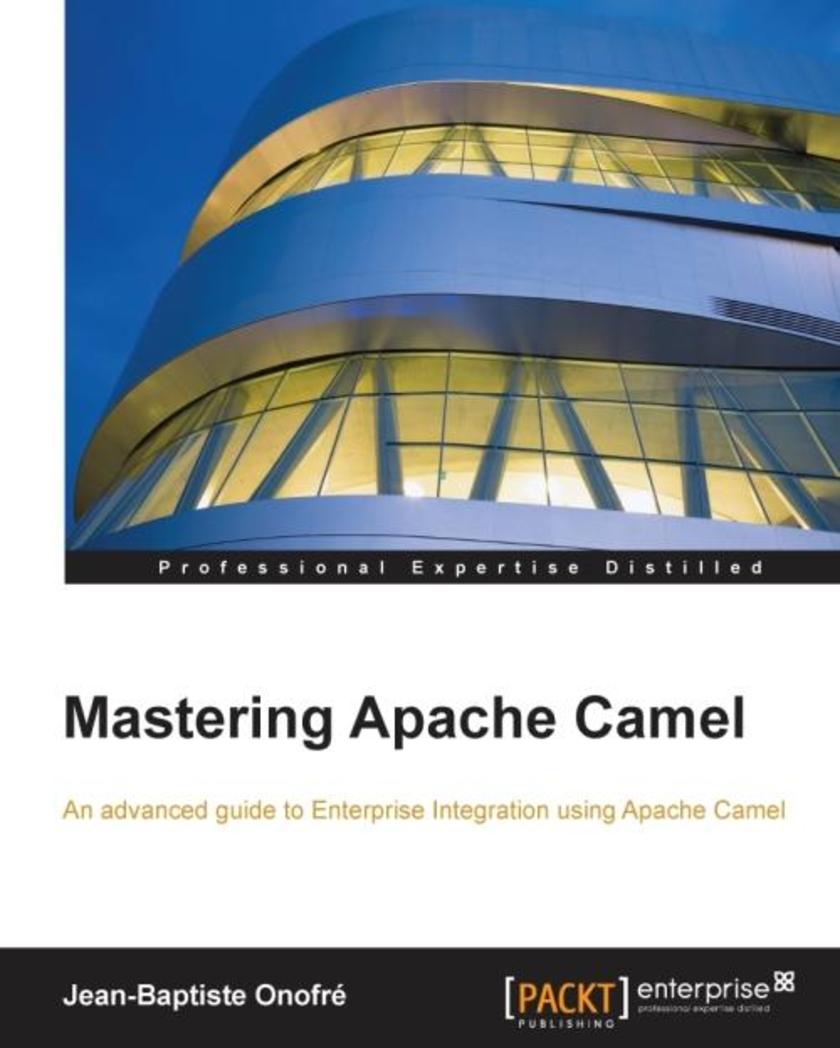
Mastering Apache Camel
¥90.46
This book is intended for all Camel users who want to get the best out of Camel, and who want to implement the most efficient integration logic using best practices.
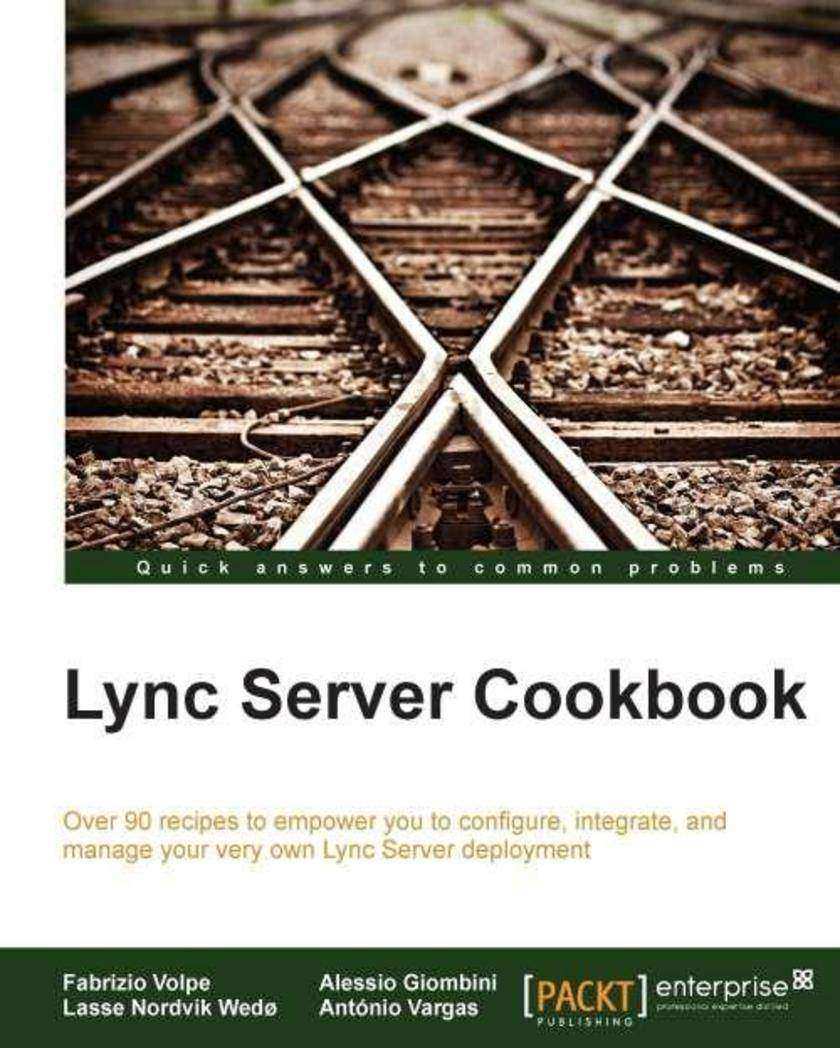
Lync Server Cookbook
¥90.46
If you work with Lync on a daily basis or if you have to use a specific feature of Lync for a project, this is the book for you. For solutions architects, technical consultants, and administrators, if you have a Lync deployment and you want to upgrade, integrate, secure, or extend it to the cloud, you can get valuable information from the recipes in this book.
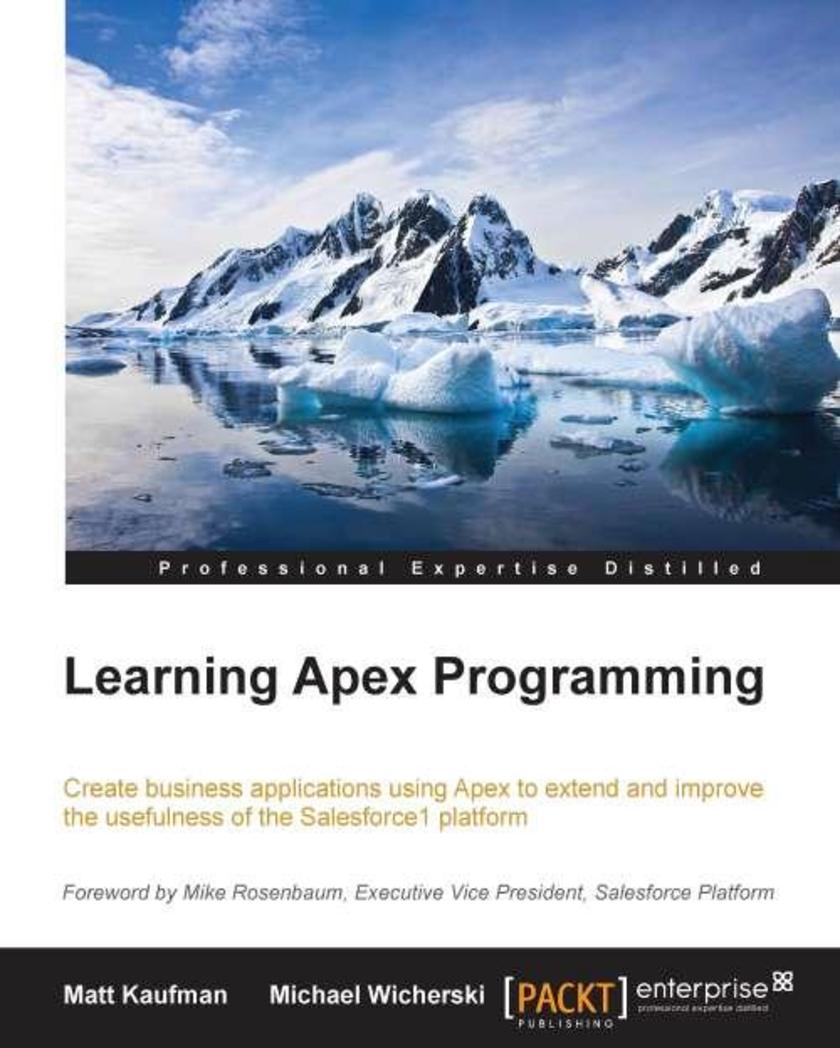
Learning Apex Programming
¥80.65
If you are a developer who has some object-oriented programming experience, Learning Apex Programming is the perfect book for you. This book is most appropriate for developers who wish to gain an understanding of the Force.com platform and how to use Apex to create business applications.
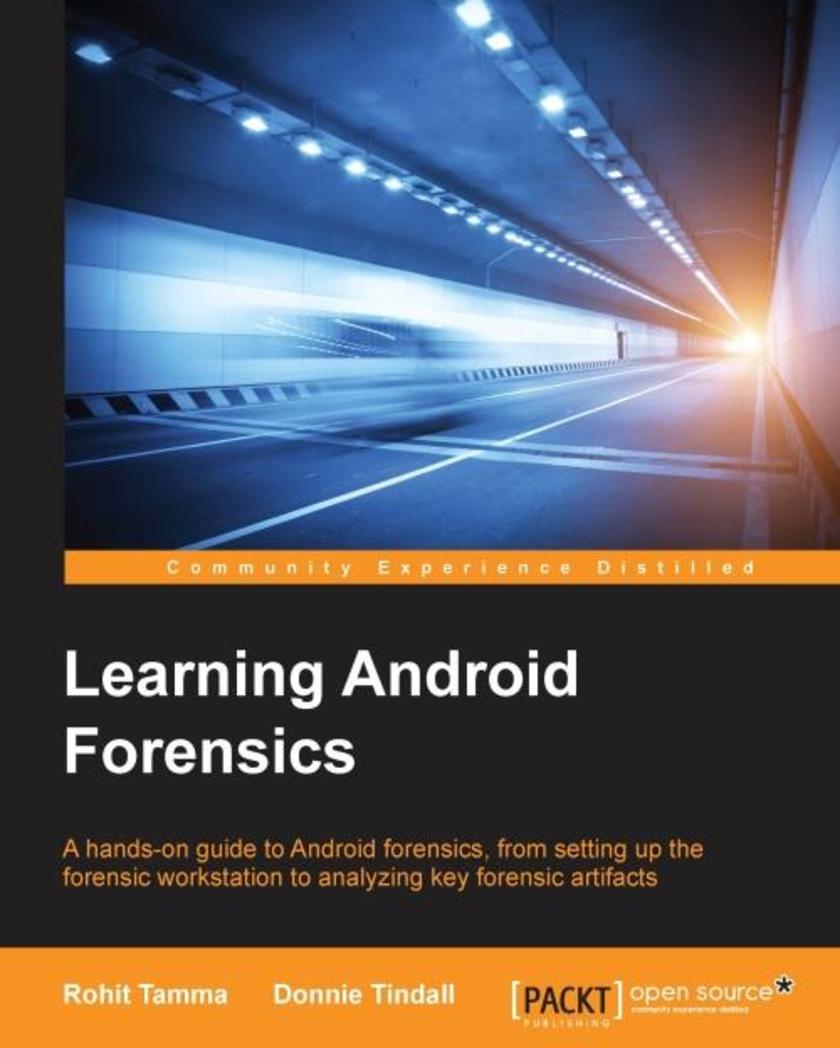
Learning Android Forensics
¥90.46
If you are a forensic analyst or an information security professional wanting to develop your knowledge of Android forensics, then this is the book for you. Some basic knowledge of the Android mobile platform is expected.




 购物车
购物车 个人中心
个人中心



